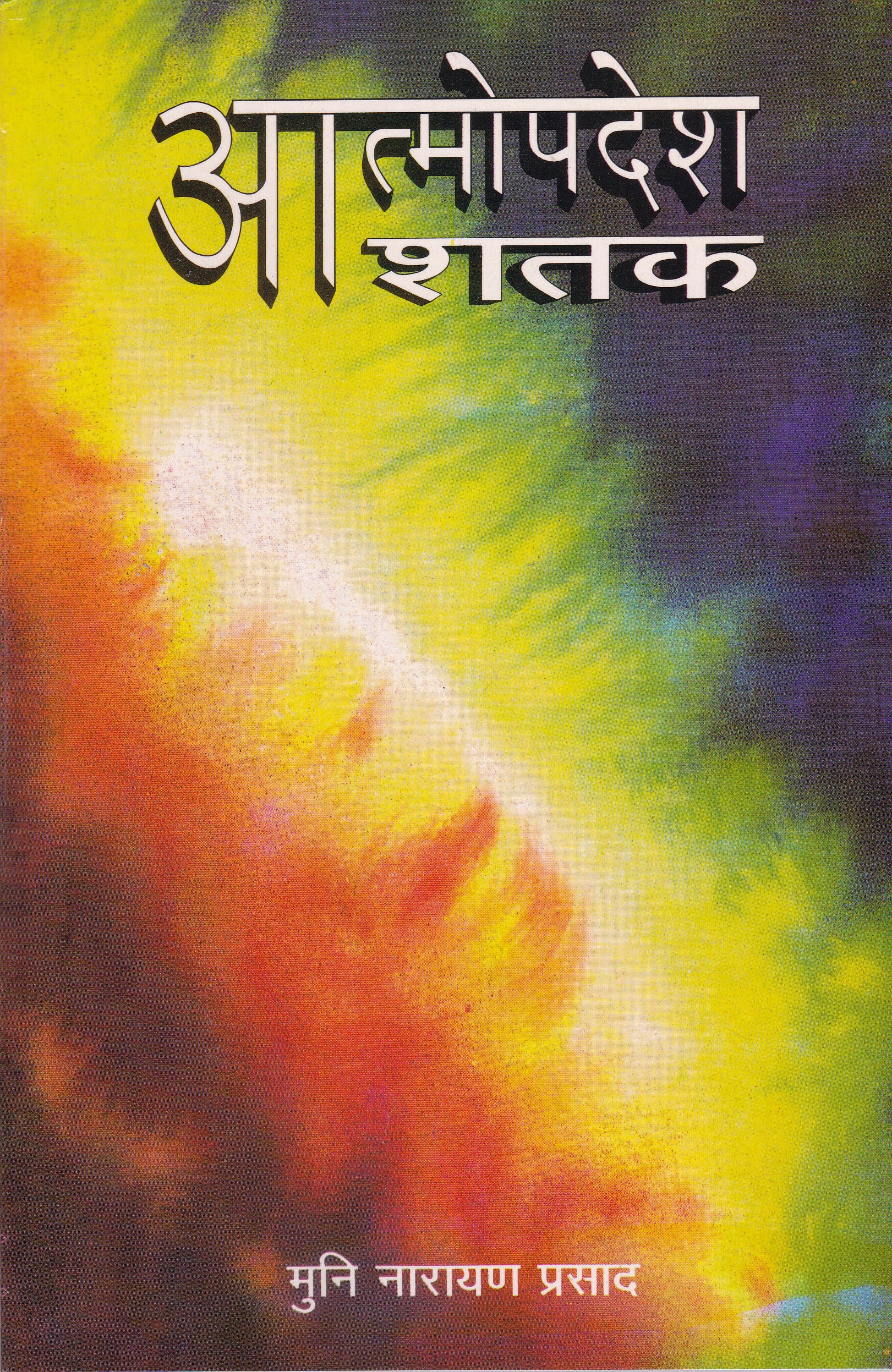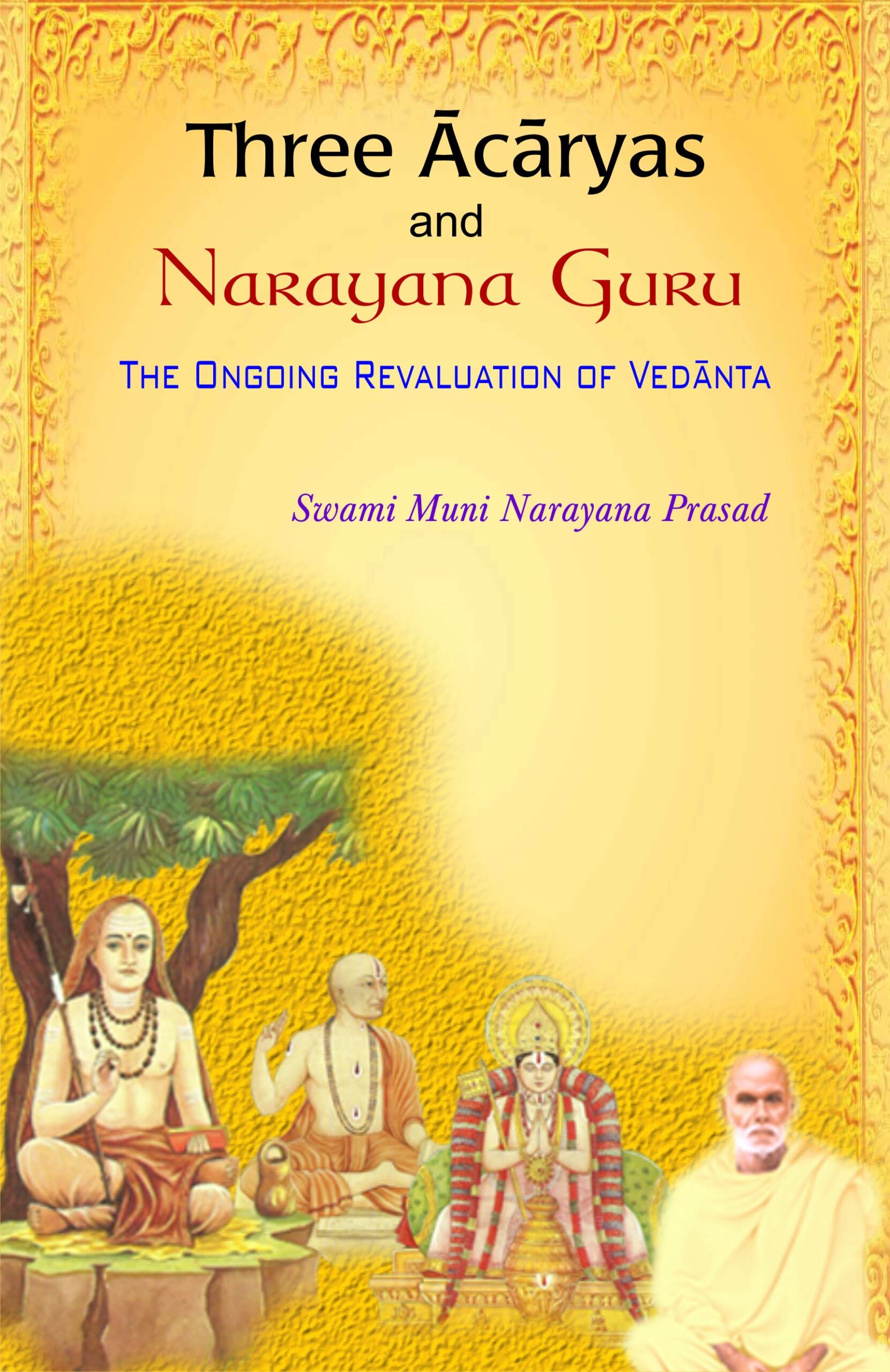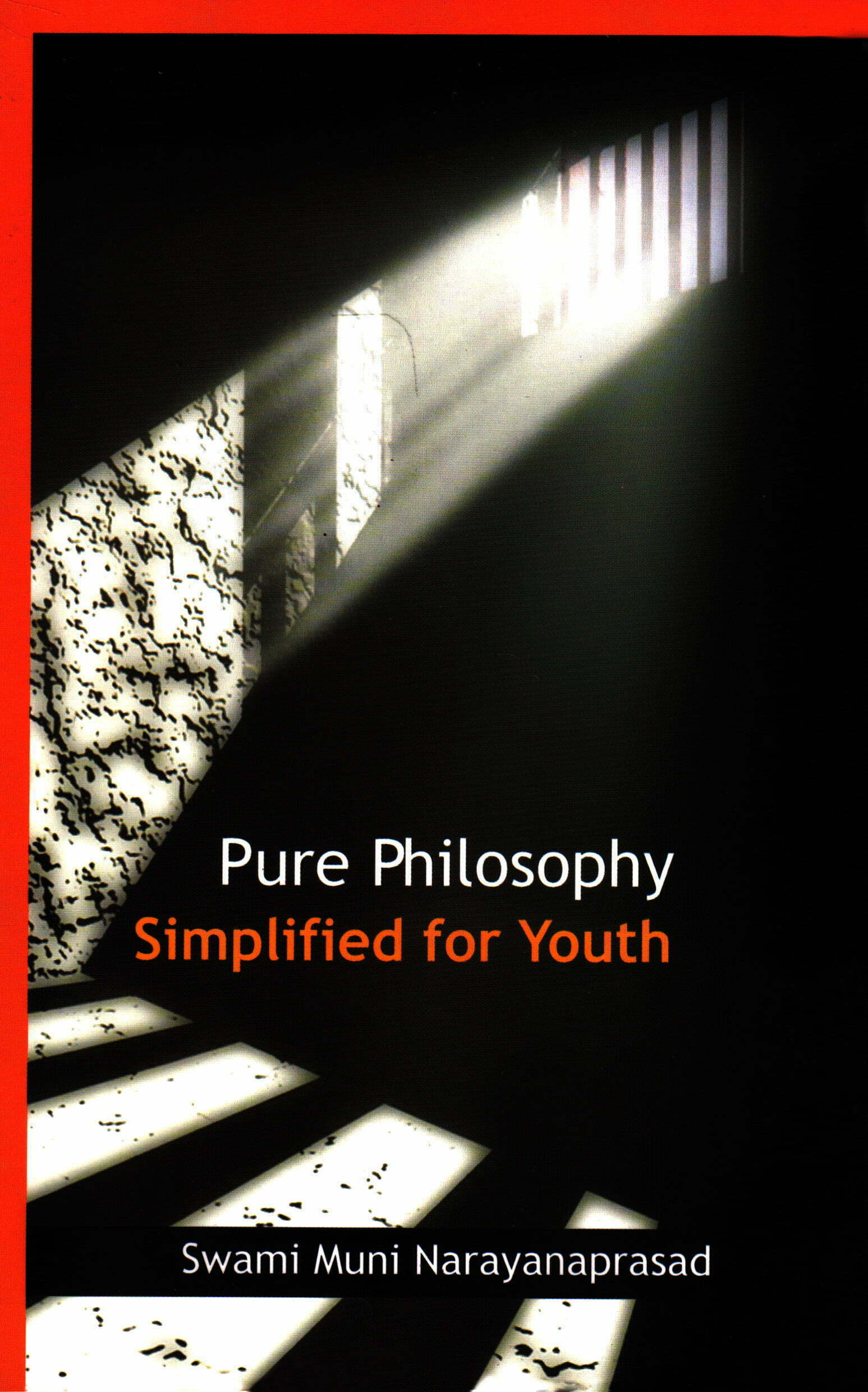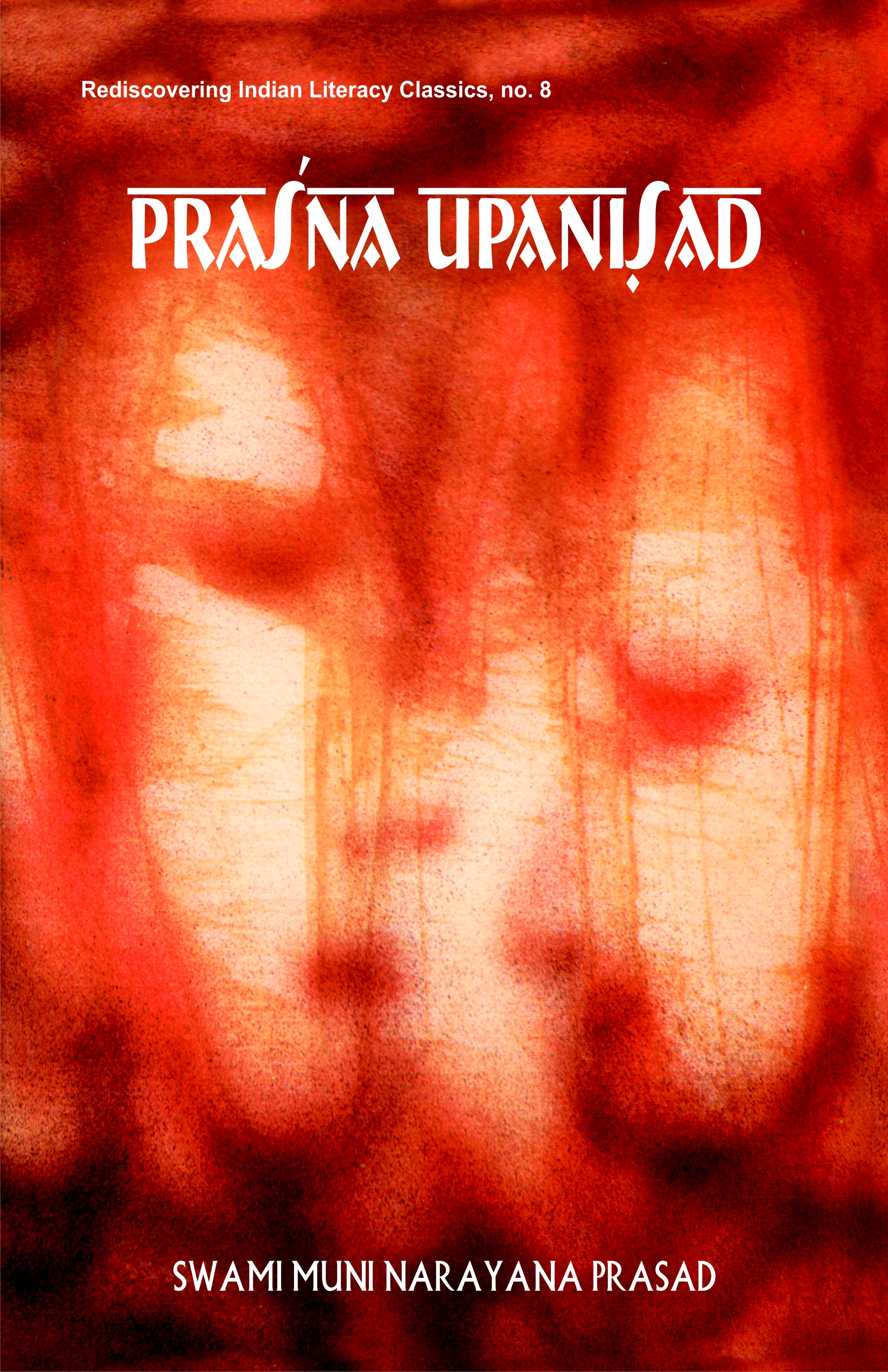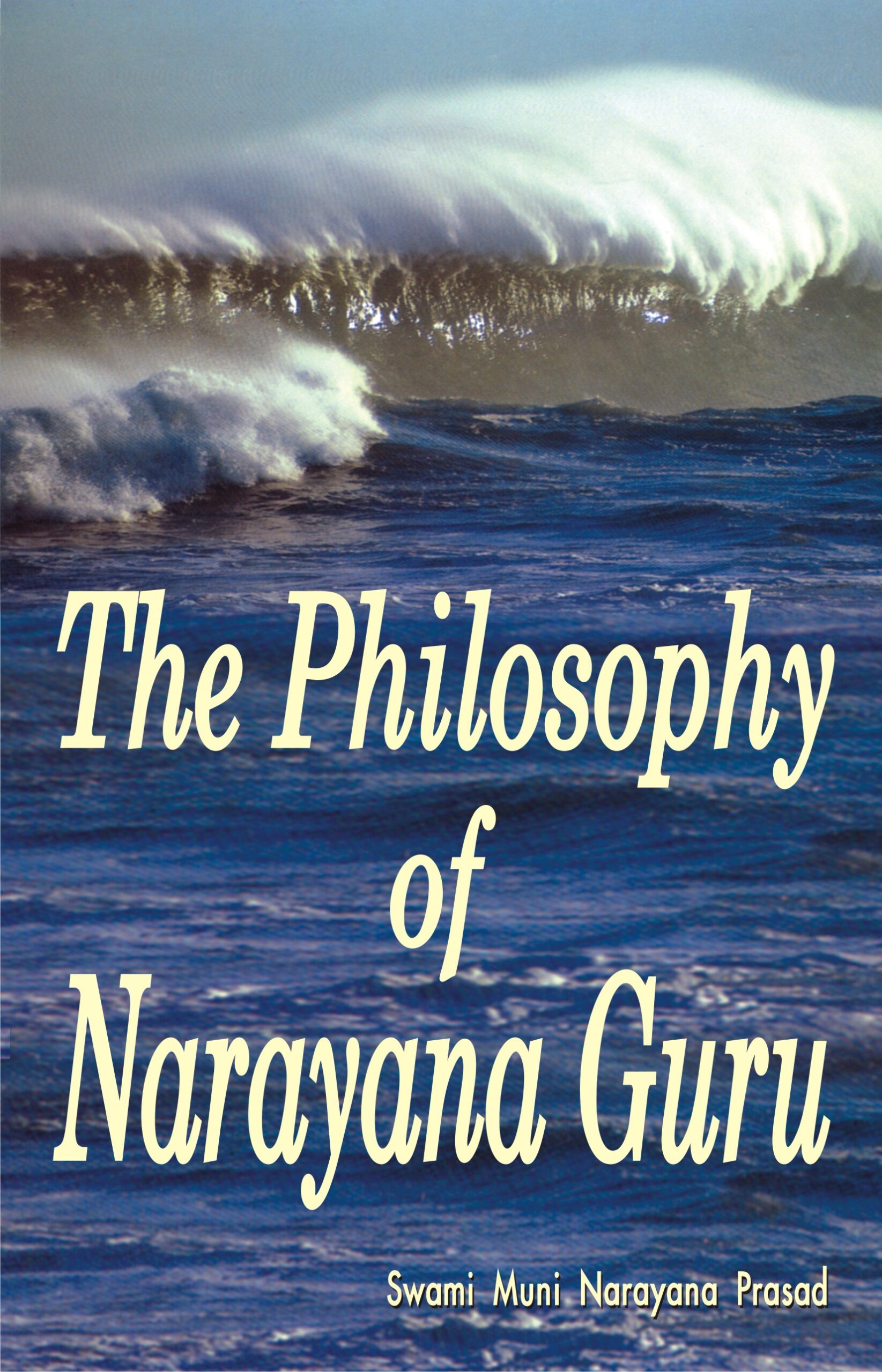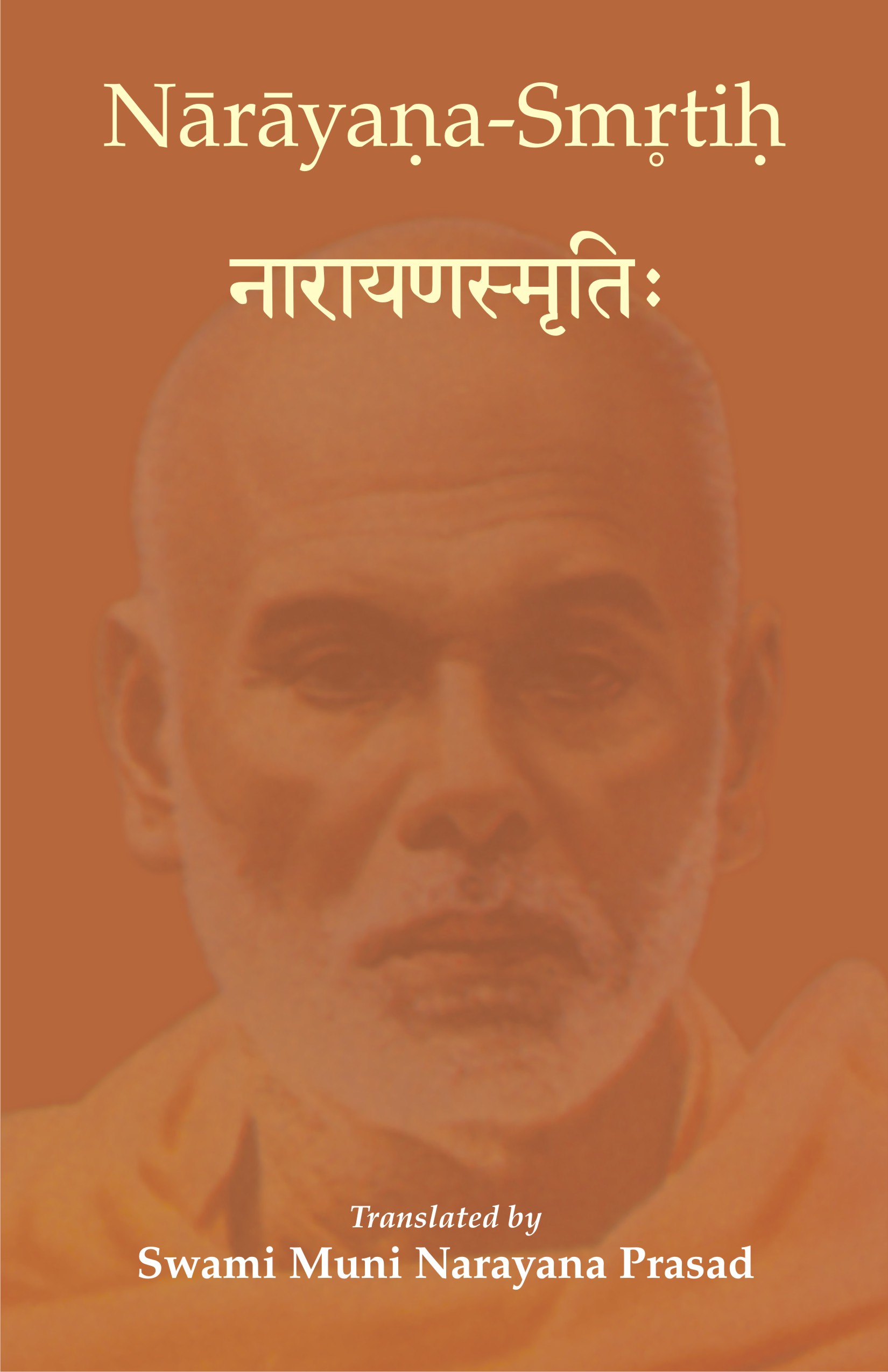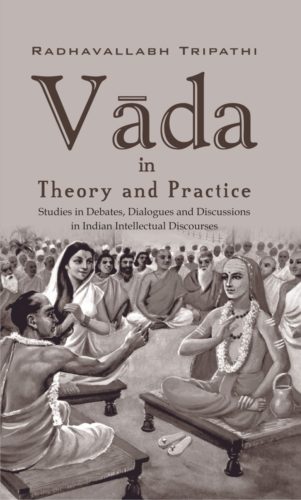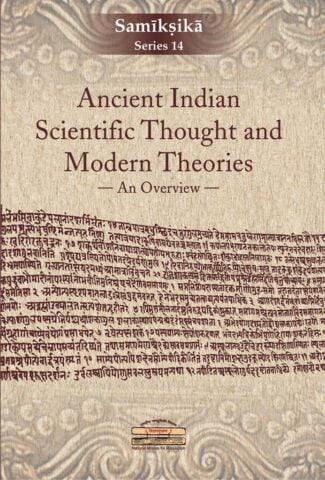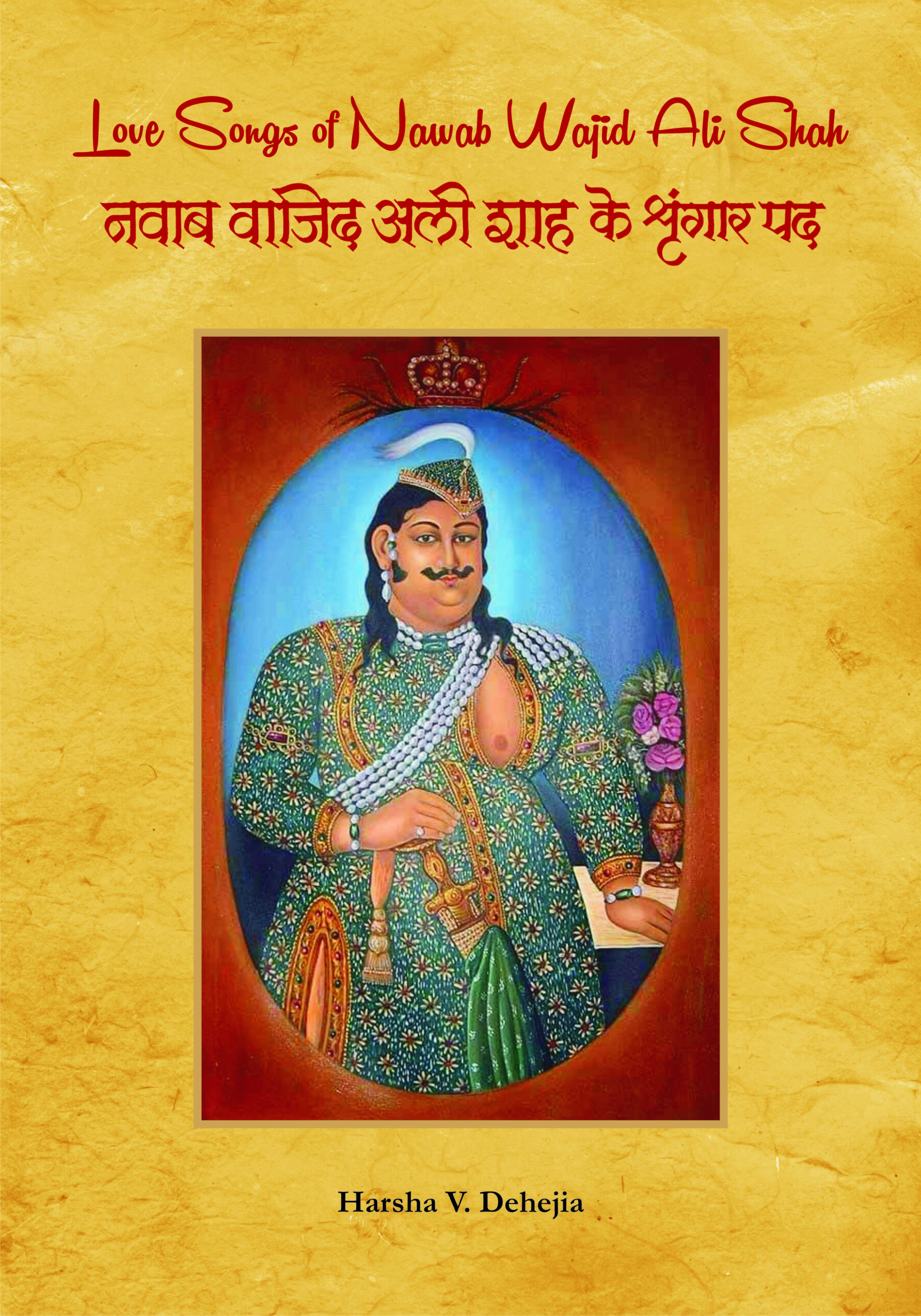-
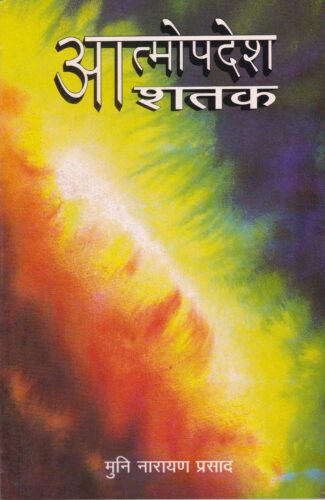
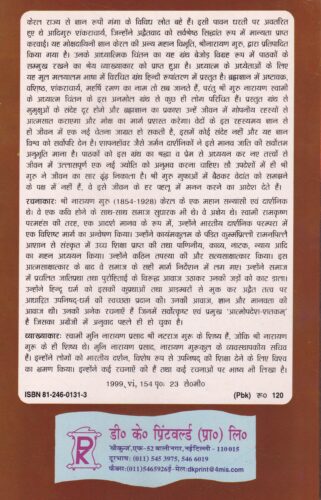
Atmopadesh Satak...
Atmopadesh Satak
One Hundred Verses of Self-Instruction by: Narayana Guru , Swami Muni Narayana PrasadAtmopadesa Sataka, mentioning one single principle, explains that mere virtue of gaining knowledge is not an end in itself. Its usefulness should be seen in the social, religious and veneration realms.
₹120.00 ₹108.00
ISBN: 9788124601310
Year Of Publication: 1999
Edition: 1st
Pages : iv, 156
Language : Hindi
Binding : Paperback
Publisher: D.K. Printworld Pvt. Ltd.
Size: 22 cm.
Weight: 200
Atmopadesa Sataka, mentioning one single principle, explains that mere virtue of gaining knowledge is not an end in itself. Its usefulness should be seen in the social, religious and veneration realms.

-
Sale!Vada in Theory and Practice by: Radhavallabh Tripathi
₹1,300.00₹1,170.00Vada, meaning debates, dialogues, discussions, was the quintessential of Indian spirit, enabling and promoting the growth of different philosophical and knowledge systems of India. It percolated deep into our mindset and enriched the moral, ethical, religious and sociocultural edifice of anything that was essentially Indian in nature. As continuation of Anvikshiki from the bc era, vada helped thrive Indian traditional knowledge systems. It subsists on diversity and its tradition envisages pluralism.
Most of our Sanskrit works, covering a wide gamut of knowledge systems, are structured in the techniques of debate. This reality applies not only to the philosophical writings, but to Indian medical systems (Ayurveda), Arthashastra of Kautilya and Kamasutra of Vatsyayana as well. Even great epics like Ramayana and Mahabharata are no exceptions.
Vada culture involved verbal duals, attacks and even violence of speech, and all major religious systems — old or modern — were parties to it. This book also elucidates how vata was vital and critical for the growth of our socio-political fabrics. It shows how some of the major conflicts in philosophical systems were centred around karma, jnana, choice between violence and non-violence, pravritti and nivritti. It also presents the manifestations of vada on a vast canvas during the nineteenth and twentieth centuries. Modern spiritual and religious gurus like Ramana Maharshi, J. Krishnamurti and Vinoba Bhave were men of dialogues. Our scholars have applied the varied techniques of vada against the philosophical and scientific systems of the West to prove them correct.
This collector’s issue should enthrall a wide audience of philosophers, scholars and believers in Indian knowledge systems. -
Sale!Aditya Hrdayam by: Swami Tattvavidananda Saraswati
₹180.00₹162.00The ancient Indian tradition and literature accords a supreme place to the Sun in the order of divinities, revering and worshipping it as the life-force of the Universe and the highest Reality. The commentary by Swami Tattvavidananda Saraswati in this volume comes as an attempt to unravel the power and mystique of the Sun as explained in the Aditya Hrdayam, a small canto chapter offering obeisance to the Sun God in the immortal epic, Srimadramayanam of Adikavi Valmiki. The book presents the original Sanskrit mantras of the Aditya Hrdayam along with their Roman transliteration and lucid English translation. The verses are accompanied by detailed annotations that describe every term, concept and idea with great clarity. The commentary, easy to follow and fluent in flow, explores the secret of the eternal stotra, Aditya Hrdayam conveyed by Sage Agastya to Lord Rama using which the latter emerged victorious over Ravana. Aditya Hrdayam is hailed as one of the greatest tributes to the Sun by our ancient sages that provides insights into the importance of the Sun as the creator and sustainer of the Universe, the ultimate source of all wealth. The commentary involves copious references to Taittiriya Samhita, Taittiriya Aranyaka, Taittiriya Upanisad, Chandogya Upanisad, Srimadbhagavadgita, etc. , which make it all the more comprehensive and scholarly.
-
Sale!Ancient Indian Scientific Thought and Modern Theories by: Dhirendranath Banerjee, Sanjit Kumar Sadhukhan,
₹350.00₹315.00The experiences and knowledge from our past are recorded in manuscripts which have been handed down to us over several thousand years. The Government of India, through the Department of Culture, took note of the importance of this vast tangible heritage and, in order to preserve and conserve as well as to make access to this wealth easy, established the National Mission for Manuscripts (NMM). In order to disseminate the knowledge content of manuscripts, the Mission has taken up several programmes such as lectures, seminars and workshops. The Mission has published the proceedings of the above-said programmes under the following series: Samraksika (on conservation), Tattvabodha (comprising lectures based on manuscripts delivered by eminent scholars), Samiksika (research-oriented papers presented in the seminars), Krtibodha (transcribed and edited texts prepared at advanced level manuscriptology workshops conducted by NMM) and Prakasika (publication of rare, unpublished manuscripts).
Ancient Indian Scientific Thought and Modern Theories makes one revisit the development of Indian science and technology in varied fields since the Vedic period, and suggests that we have a living tradition which is vivid and dynamic, inheriting at the same time claiming freedom from the past. It is the proceedings of a three-day seminar held during 25-27 March 2017 in Kolkata, organized by the Sanskrit Sahitya Parishad, Kolkata, and sponsored by NMM. This volume bears testimony to the fact that Indian sages, philosophers and scholars had a grip on all the topics that the modern-day scientists deal with, including complicated surgery and quantum mechanics. Our Vedas, Upanisads and other literary works were the storehouse of scientific wisdom, though the prevailing socio-religious conditions impeded its widespread dissemination.
This volume is expected to invoke keen interest among all who wants to know about a scientific past that Indians inherit, be a scientist or a layman. -
Sale!Manusmriti-Prachina Bharatiya Mulya evam Darshan (Part 2) by: Sushim Dubey
₹850.00₹765.00“प्रस्तुत ग्रन्थ प्राचीन भारतीय मूल्य एवं दर्शन शृंखला के द्वितीय भाग है। मनुस्मृति प्राचीन भारतीय धर्मशास्त्र परम्परा का आधारभूत ग्रन्थ है। भारत का प्राचीन धार्मिक इतिहास सामाजिक संरचना, राजनीतिक मान्यताओं इस ग्रन्थ में जो प्रतिनिधिक वर्णन मिलता है।
मनुस्मृति मूल रूप से आध्यात्मिक मान्यता परक ग्रन्थ रहा, जिसमें कालक्रमः से समाज.व्यवस्था, वर्णव्यवस्था एवं अनेकानेक बातें समाहित होती चली गईं। तथापि मनुस्मृति की सर्वोपरिता आर्यवर्त में सहसीरों वर्ष तक निर्विवाद रही। धर्म, कर्म, कर्तव्य, सूतक, प्रायश्चित्त एवं संस्कार आदि के लिए आज भी स्रोत ग्रन्थ के रूप में मनुस्मृति संदर्भ ग्रन्थ है।” -
Sale!Love Songs of Nawab Wajid Ali Shah by: Harsha V. Dehejia
₹795.00₹716.00This impressively illustrated volume brings forth the evergreen spirit of a Muslim ruler of Awadh, Nawab Wajid Ali Shaw (1822-87), in composing love poetry taking a cue from the amorous Krishna leela and assimilating and practising the same in personal life. A trained Kathak dancer himself and a dedicated patron of poetry, painting and performing arts, Wajid Ali Shah immersed in the rasa of dance, music and drama, and got deeply indulged in the many an expression of shringar, while administering the political affairs of his state.
Recalling the different facets of Nawab Wajid Ali’s life, the book explores the state and fame of Lucknow, of his times, where the Nawab lived a life of refinement and pomp, and attracted the best talents in arts and crafts. It also portrays how were dance and music enjoying pride of place during his reign.
While presenting a penetrating account of Ali Shah’s poetry, the book revisits his musical scholarship, history of his times and presents his poems with English translation. It as well showcases the best paintings centring around his personal and cultural life, and guides one go through the religious and cultural harmony prevailed in Awadh where a lot of factors were at play effecting acculturation between the Hindus and the Muslims, popularly known as the Ganga-Jamuni tehzeeb.

